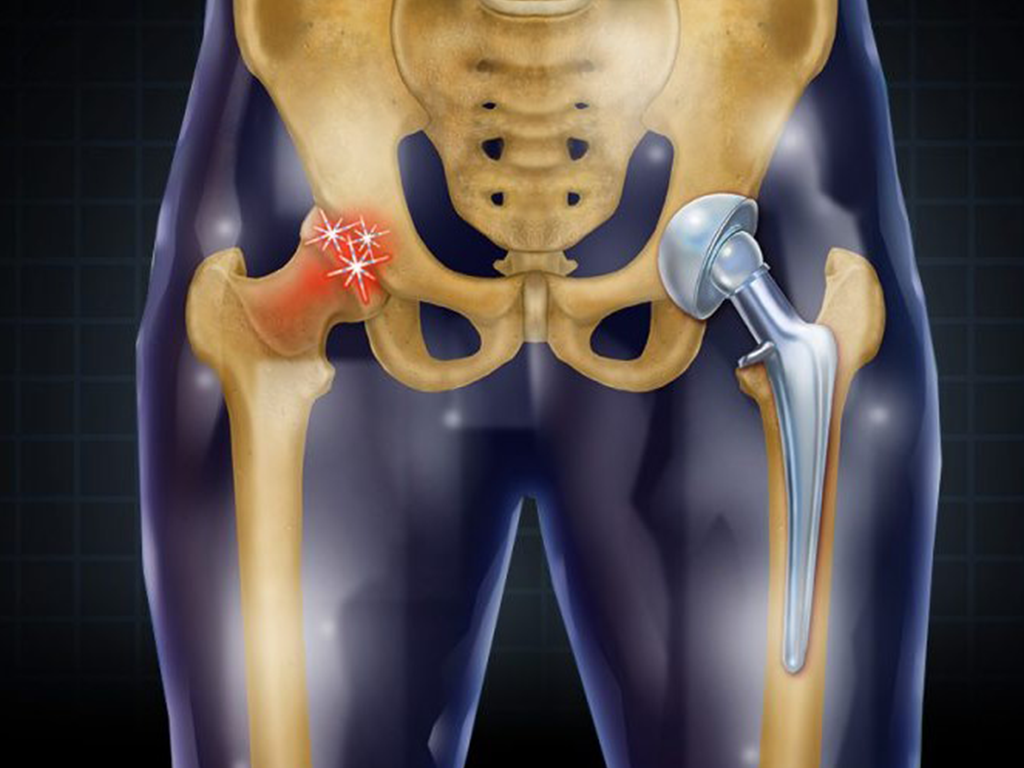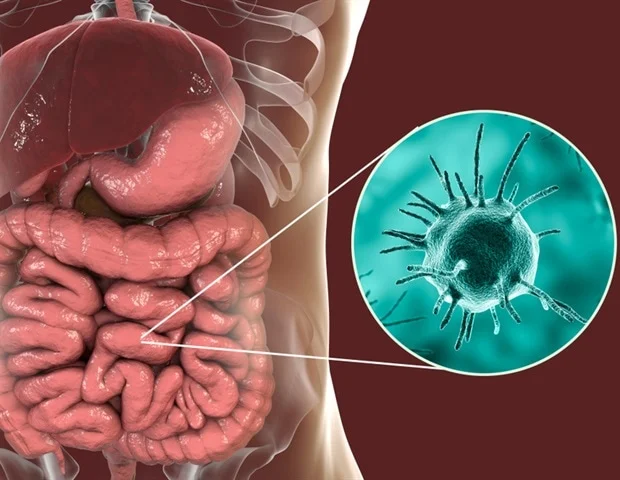Hip pain is a common complaint, especially among older adults, athletes, and individuals with physically demanding lifestyles. While many cases can be managed with non-surgical methods, some conditions lead to chronic hip damage that may require surgical intervention—often in the form of hip replacement surgery.
This guide explains the primary causes of hip problems and walks you through treatment options, including when hip replacement might be the right step toward regaining mobility and comfort.
Common Causes of Hip Pain
Understanding the root cause of hip pain is essential for determining the best course of treatment. Some of the most common causes include
1. Osteoarthritis
A degenerative joint disease, osteoarthritis is one of the leading causes of hip pain, especially in older adults. It occurs when the cartilage cushioning the hip joint wears away, leading to bone-on-bone friction.
2. Rheumatoid Arthritis
Unlike osteoarthritis, rheumatoid arthritis is an autoimmune condition that causes chronic inflammation in the joints, including the hips. Over time, this can lead to joint damage and severe discomfort.
3. Hip Fractures
Falls or direct trauma can cause fractures, particularly in elderly individuals with weakened bones due to osteoporosis. Fractures often require surgical repair, and in severe cases, hip replacement.
4. Bursitis and Tendinitis
Inflammation of the bursae (fluid-filled sacs that cushion joints) or tendons around the hip can lead to sharp, aching pain, often worsened by movement.
5. Avascular Necrosis
This condition occurs when blood supply to the femoral head (top of the thigh bone) is disrupted, causing bone tissue to die and potentially collapse.
Non-Surgical Treatments for Hip Pain
Not all hip pain requires surgery. Initial treatment often involves
- Physical Therapy: Helps strengthen muscles around the hip and improve flexibility.
- Medications: Pain relievers and anti-inflammatory drugs to reduce discomfort.
- Lifestyle Changes: Weight management, low-impact exercises, and avoiding repetitive stress on the joint.
- Injections: Corticosteroid injections may temporarily reduce inflammation and pain.
When Is Hip Replacement Necessary?
Hip replacement surgery becomes an option when conservative treatments fail to relieve pain or when joint damage significantly affects daily activities. Here are some indicators:
- Persistent hip pain that interferes with sleep or mobility
- Stiffness that limits daily movement, like walking or climbing stairs
- Reduced quality of life despite trying other treatments
- X-rays or MRI scans show severe joint degeneration or deformity
What Happens During Hip Replacement Surgery?
During a total hip replacement, the surgeon removes the damaged cartilage and bone from the hip joint and replaces it with artificial components—typically a metal or ceramic ball and a plastic or metal socket.
Types of Hip Replacement Procedures:
- Total Hip Replacement (THR): Replaces both the ball and socket.
- Partial Hip Replacement: Only replaces the ball of the joint.
- Minimally Invasive Hip Replacement: Uses smaller incisions for a quicker recovery.
- Robotic-Assisted Surgery: Offers more precision and alignment accuracy.
Considering Hip Replacement Surgery in India
For patients exploring international options due to cost, accessibility, or waiting times, hip replacement surgery in India has become a trusted alternative. The country is known for its highly trained orthopedic surgeons, modern hospital infrastructure, and significantly lower treatment costs compared to many Western countries.
India’s medical institutions often follow international standards, and many hospitals are accredited by global healthcare organizations. Patients also benefit from shorter waiting periods and comprehensive rehabilitation programs.
However, it is essential to consult your local physician and conduct thorough research when considering medical treatment abroad.
Recovery and Rehabilitation
Recovery usually involves:
- Hospital Stay: Typically 1–3 days post-surgery
- Physical Therapy: Begins within 24 hours to improve strength and mobility
- Return to Normal Activities: Most people resume daily tasks within 6–8 weeks
- Full Recovery: May take up to 6 months or more for complete healing
With proper rehabilitation, most patients experience significant pain relief and improved joint function.
Conclusion
Hip pain can stem from a variety of causes, ranging from arthritis to injury. For many, lifestyle changes, medication, and therapy offer relief. But for others, especially those with advanced joint damage, hip replacement surgery can restore mobility and vastly improve quality of life.
Always consult with a qualified orthopedic specialist to explore the best treatment path based on your specific condition and needs.















Leave a comment